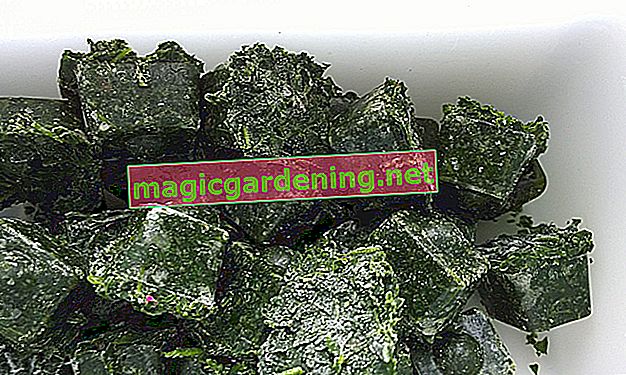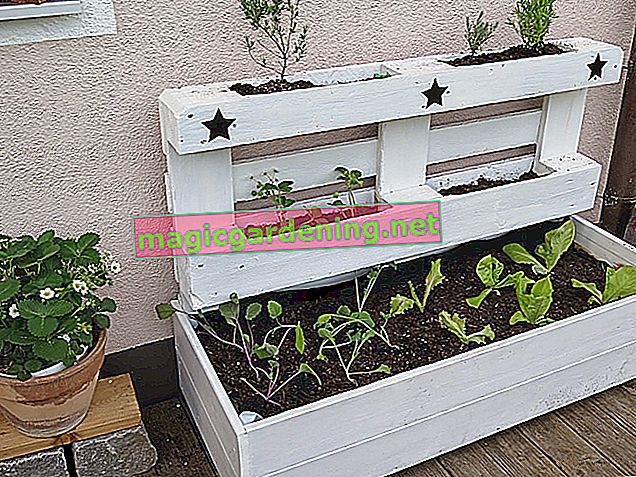
The methods of propagating hops
- Sow hops
- Use cut pieces
- Cut cuttings
- Divide the rhizome
Sowing is not recommended as it is not certain whether female or male offshoots will develop. Male plants are undesirable as they do not develop fruits with the beneficial and spicy ingredients.
also read
- Storing hops correctly - this is how you preserve hops
- Hops are edible - this is how hops can be used for food
- Hops are hardy and do not have to be overwintered
Sow hops
The seeds need to be stratified. In spring they are sown in boxes filled with seed compost and only lightly covered. The box must not be in direct sunlight. The seeds must be kept moist but not wet.
Propagate hops using cuttings or cuttings
When cutting the hops in the spring, a lot of shoots are produced. Instead of throwing them away, bury them in loose soil the same day. Some of the cuttings take root if they are kept sufficiently moist.
To pull cuttings from cuttings, cut only slightly woody shoots about eight centimeters long from February to May. Remove the lower leaves and place the cuttings in small pots with potting soil or swollen peat.
Cover the pot with a plastic bag to keep the humidity in the air. Place it in a warm, not too sunny place until the first shoots.
Divide roots or cut root cuttings
In commercial cultivation, hops are often also propagated via root division or root cuttings. To do this, the root ball has to be partially removed from the earth. Only older plants are suitable for this.
The root ball is divided and the desired locations are planted. You pull root cuttings in the same way as shoot cuttings.
With this form of propagation, it is guaranteed that a plant identical to the mother plant with the same properties and, above all, the same sex is created.
Tips
In commercial hop cultivation, the varieties play an important role in propagation. This is the only way to create plants with a high-quality aroma that gives the beer the right flavor. For the exclusive use as ornamental and climbing plants, the varieties do not play a major role.








